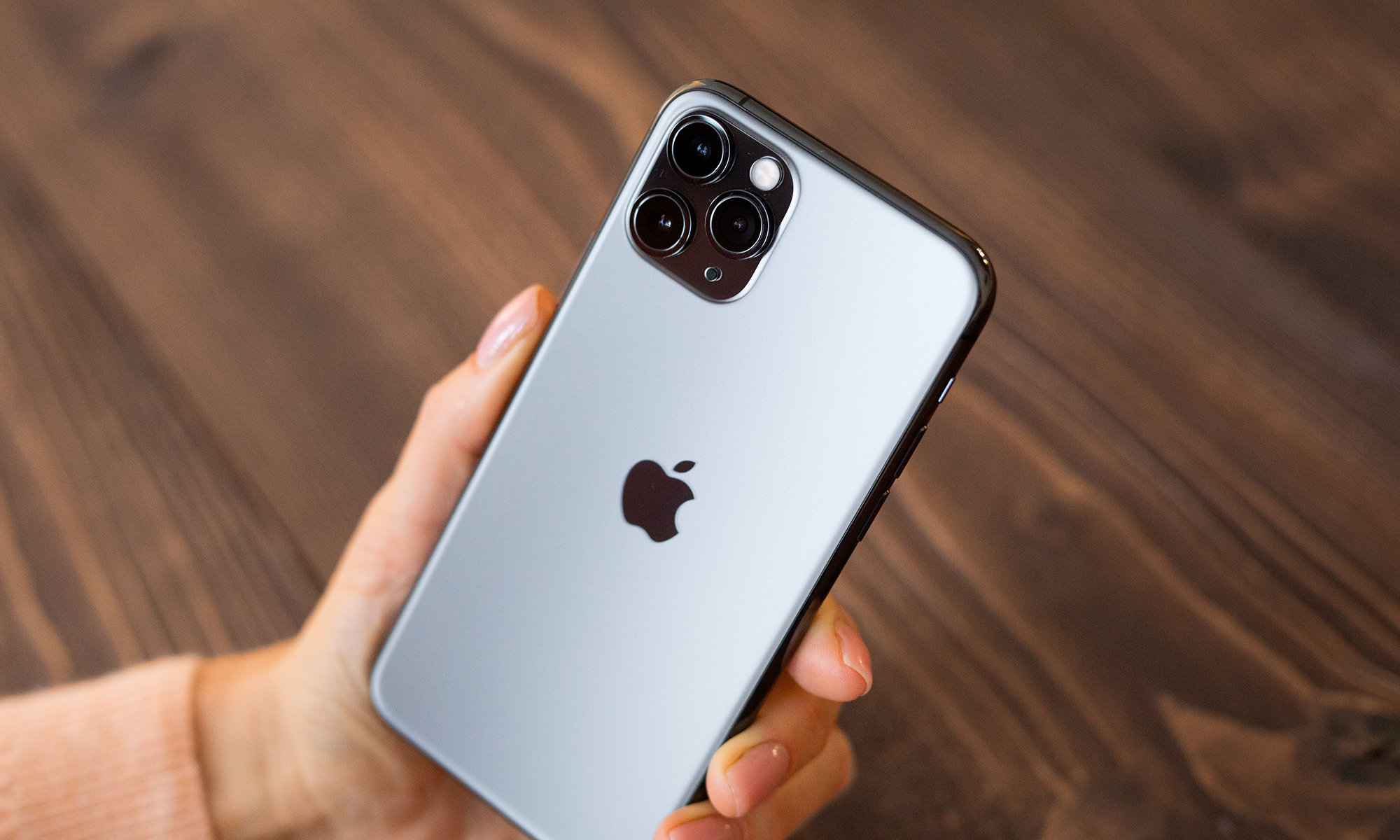
Source: Apple.
With the launch of the Apple (AAPL 0.39%) Watch and the highly-anticipated Apple Music service, major changes are under way at Apple. These new products, in addition to the ongoing iPhone 6 "super cycle," should drive the bulk of Apple's growth in its current year.
Absent entirely from the discussion is Apple's much-heralded over-the-top TV service, which has practically vanished from the media amid rumors of stalled negotiations between Apple, the networks, and local broadcast stations. Rest assured, though, that Apple is diligently toiling away behind the scenes to realize its TV dream. And assuming that Apple's TV offering remains a "when" and not an "if" in its product pipeline, investors should want to better understand exactly what an Apple streaming TV service's economics might look like.
Running the numbers
Recently, members of JPMorgan Chase's well-regarded research team held a conference call discussing this issue. The takeaway? Like other ancillary portions of its business empire, an Apple streaming TV service would probably produce sizable profits that could still get lost in the sheer enormousness of Apple's core iPhone and iPad businesses. Here's a chart detailing the possible impact on Apple's 2016 EPS growth.
|
TV Service Price/Month | ||||
|---|---|---|---|---|
|
$35 |
$40 |
$45 | ||
|
Implied TV Service Gross Margin | ||||
|
5% |
17% |
26% | ||
|
TV units (millions) |
14 |
0.2% |
0.8% |
1.4% |
|
24 |
0.4% |
1.4% |
2.4% | |
|
33 |
0.5% |
1.9% |
3.4% |
Source: J.P. Morgan estimates via Barron's Tech Trader Daily.
As with all financial projections, these figures involve a number of assumptions. Specifically, the analysis assumes Apple will pay a 25% markup fee for current broadcast content and that the Apple TV service would cost approximately $50 per month.
This pricing implies that Apple's over-the-top service will offer fewer channels than today's traditional cable packages, keeping with a recent industry trend. In recent months, a number of other technology, cable, and telecom powers have released similar slimmed-down video services with varying content mixes.
DISH Network's Sling TV costs only $20 a month for its basic package and notably includes the undisputed marquee sporting property ESPN, yet it lacks major networks such as Fox, CBS, and NBC, to name a few.
Sony's PlayStation Vue takes the opposite approach. Costing $50 a month for its most basic package, Vue comes with the major networks and some of their secondary offerings (Bravo, Fox Business, etc.). Yet it is virtually devoid of the live sports prized by broadcasters in today's increasingly on-demand content environment.
The key takeaway here is that securing only the networks consumers want most and nothing else often requires concessions from these over-the-top service providers. These sacrifices are also probably why Apple has thus far proved unable to debut its own "cable killer" service.
Don't hold your breath
It seems many expect Apple to produce the equivalent of an "iTunes for TV" moment with its over-the-top service -- a service that gives consumers more of what they want while altering the economics of the network business. That probably isn't realistic.
Importantly, the networks have more leverage in dealing with Apple here. Pre-iTunes, the record labels lacked a credible solution to deal with digital piracy. Today, although cable growth is dwindling, the networks and broadcasters certainly aren't suffering to the same degree as the record labels a decade ago.
Moreover, iTunes' resounding success could drive content providers to demand greater financial rewards than Apple would prefer to offer. Given the current climate, Apple has perhaps more hurdles to clear than many realize in order to launch the over-the-top service so many want from it.
At the same time, J.P. Morgan's analysis implies that the service could provide a potential $0.31 to Apple's 2016 earnings per share. As Apple continues to grow, Apple investors should more than welcome any growth catalyst.
However, given the financial returns at stake, Apple can certainly afford to wait. Apple's product cycle typically ramps no earlier than mid-September, and it makes sense that Apple would want to position its presumed over-the-top service for a holiday-season push. So taking these numerous challenges into account, investors may not want to get their hopes up for an Apple over-the-top streaming service in the immediate future.






